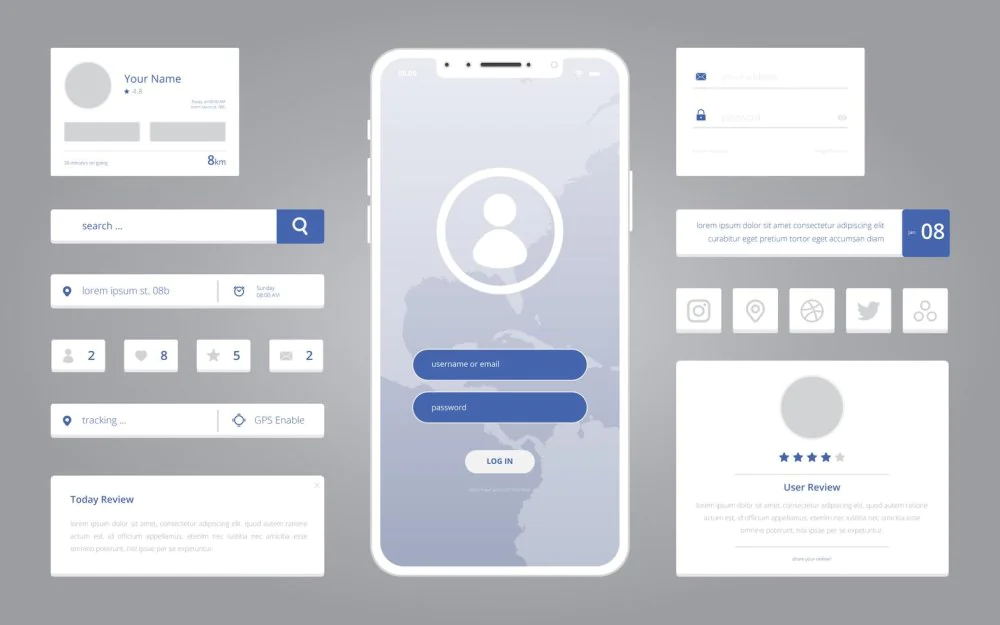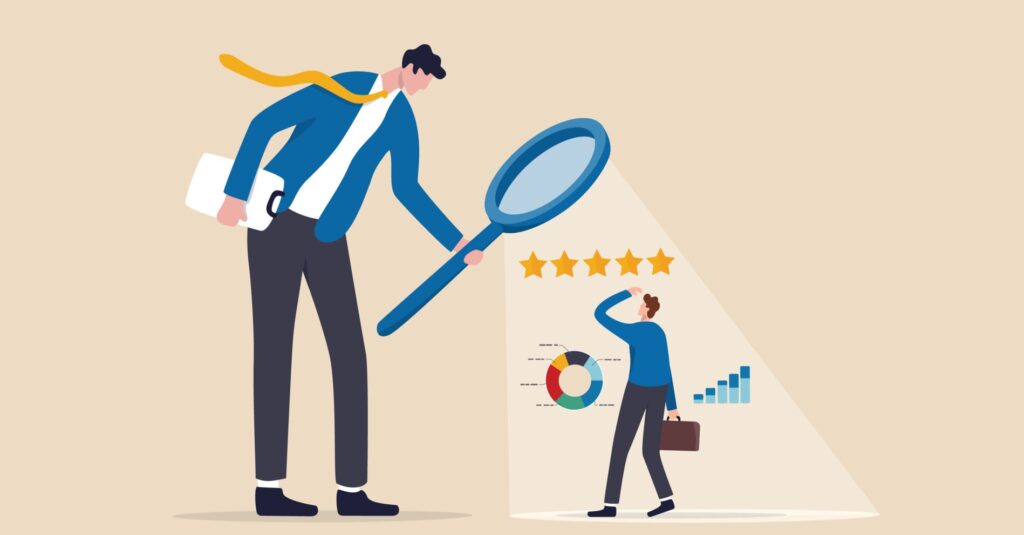Product Development Phases: 6 tips to build a successful product
Table of content
Table of Contents
When you think of the product development phases, you might envision long hours, heavy stress, and constant panic. That’s because many people have a negative perception of what it takes to get something manufactured and out to market.

That process can be challenging and time-consuming, but it doesn’t need to be stressful. In fact, there are plenty of upsides to this process that ensure your new product is worth buying and ready for mass production. If you’ve ever worked on developing a new product from start to finish, you know how much work it can be. Even if you don’t have experience with the entire process, we’ll take you through each stage so that you understand what goes into creating an entirely new item from beginning to end. Let’s take a closer look at the 6 product development phases below:
Define: Understand your customer
During the define phase, you’ll want to take as much time as you need to get a feel for your customer before you move onto the next steps. This is when you’ll want to ask yourself who would actually buy your product. What problem does it solve? What are their demographics? Are they male, female, young, or old? You’ll also want to consider your customer’s preferences, needs, and general lifestyles.
The more you know about your customers, the more likely you’ll create a product they’ll love and feel like they can use. This can help reduce the amount of customers who return or exchange your product.
This process will also help you get a better idea of what kind of pricing point your product will have. This will come in handy when you get to the Build phase and have to decide how much your product will cost to manufacture.
Research: Know your competition and market
You may be wondering why we’re talking about the things you’ll want to know about your customers before you start designing your product. You can save a lot of time and effort by knowing some of this information before you begin developing a product. This phase will help you get a better understanding of your competition and what your target market demands right now.
You’ll want to gain as much as you can about your target audience, including what products they buy, how they shop, and how they consume content. It’s also a good time to determine if there is demand for your product. You don’t want to create something that nobody desires.How many people will want to buy it? What are they looking for? Are they willing to spend money? This can help you create a more informed product development phases plan and make sure you stay on track.
Design: Create your product’s blueprint
Now that you’ve researched your market and have a better picture of your customers’ wants and needs, you can begin to design your product. This is when you’ll want to sketch your product, draw out its blueprints, or get mockup.

Depending on the product, you may want to create a prototype with a sample of the materials you plan on using. This can help you visualize what your end product will look like and can be helpful if you plan on creating a crowdfunding campaign.You’ll want to consider your product’s aesthetics, ergonomics, and function. You can also use this time to plan for production and get an idea of how much your product will cost.
Build: Develop and manufacture a working prototype
Now that you have a better idea of what your product will look like, it’s time to build a prototype. This is when you’ll use the materials you selected and put your design to the test. Your prototype can be as basic as one sample item or one part of your product if you’re working on a smaller scale.You may want to create a more generic prototype if you’re working on a larger-scale product.
This can help you test the functionality of your product and make any necessary changes before moving onto the next phases. This phase is important because it helps to eliminate some of the risk that comes with creating an entirely new product. It will also help you figure out how much your product will cost to manufacture and provides you with a general timeline of how long it will take to finish.
Test: Find out what works and what doesn’t
Depending on the type of product you’re developing, there are plenty of ways to test it. You can run a beta test or hire a focus group to see what your customers think. You may also want to create a pilot run and see if the product performs as expected. This phase will help you identify any issues with your product before you move onto the next phases.
Testing the functionality and usability of your product is important. You can make last-minute improvements to your product. Your product must function as intended and be easy to use. Furthermore, you must verify that your product addresses the issue it was created to address.
Revise: Then repeat with Phase 6 – Revise again!
This is the final of your product development phases cycle. It’s also the most important. This is where you’ll want to revisit your product and make any necessary changes based on what you learned during the Test phase. It is important to ensure that your product is ready for manufacture by testing and validating the process.
It can also help to cut down the cost of the manufacturing process and make your product more efficient to produce. If you don’t revise your product, you may end up with a very high manufacturing cost. In addition, you might end up with a product that is not very efficient and does not function as well as you hoped.

Product Development Phases: Conclusion
The product development process is a long one, but it’s worth it in the end. Depending on the type of product you’re developing, it can take anywhere from a few months to a few years. When you’re ready, you can launch your product to the public and start getting feedback. After you get your product out in the real world, you’ll want to make sure you track your results.
This can help you fine-tune your product and keep it relevant as technology and customer needs change.It can be challenging to create a new product, especially as more competition enters the market. However, if you follow this product development cycle, you can ensure that your product is well-made and ready to be used by the public.
Write to us if you want to bulid a digital product
[contact-form-7 id=”134″ title=”Contact form 1″]


